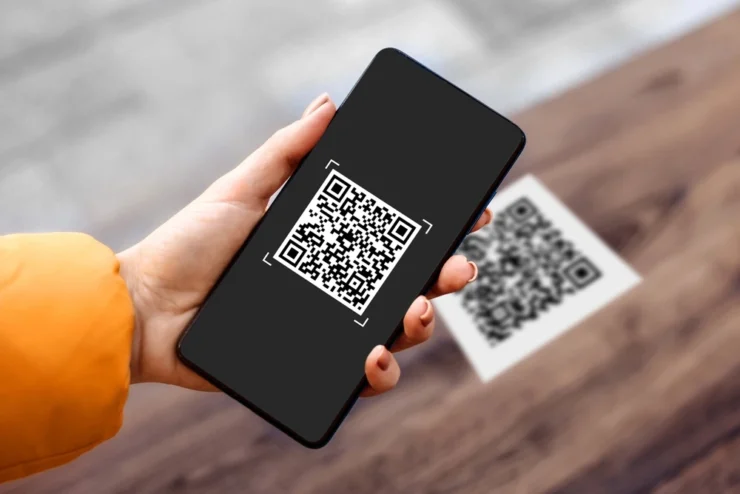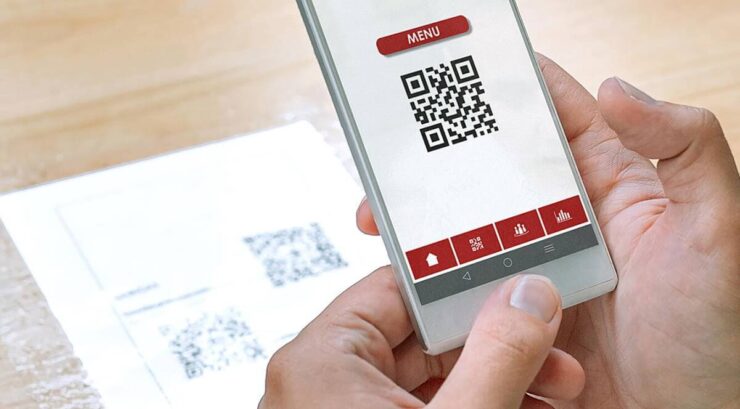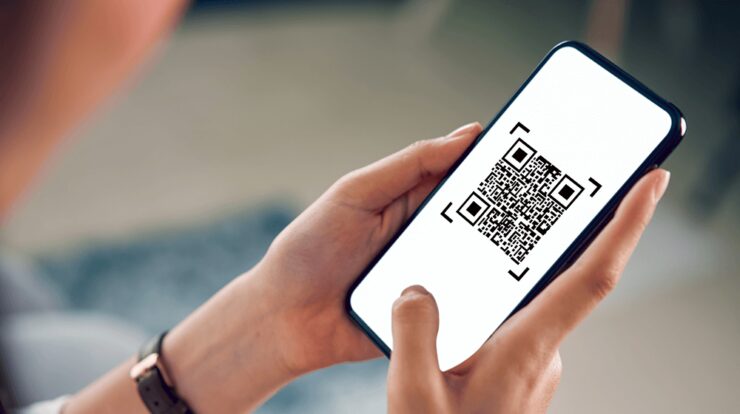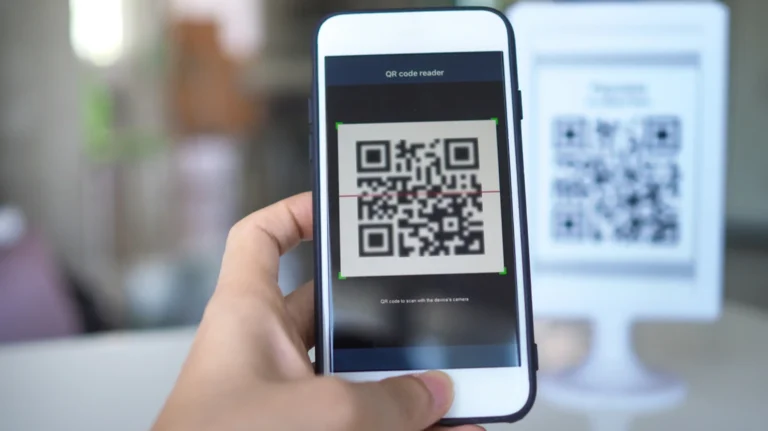QR codes have become a popular way of accessing information and making payments, and they also come with contactless transactions. QR code is short for Quick Response codes which are two-dimensional barcodes that can be read using a smartphone camera or a QR code scanner. They were originally invented in Japan in 1994 for tracking automotive parts but have since been involved with the tech industry. They are now known in many industries for their ease of use and their ability to store a lot of information.
But some QR codes can also negatively impact users. As revealed by ExpressVPN, there are hidden dangers associated with scanning QR codes which can compromise users’ security. For instance, cybercriminals can create fake QR codes that direct users to malicious or misleading websites, and these criminals can also steal sensitive information from one’s device. This can make people more aware of how to stay safe while scanning QR codes to protect themselves from threats.
Hidden Dangers Of QR Codes

QR codes, or Quick Response codes, are now popularly used by businesses to give customers quick access to websites, product information, or promotions. But there are hidden dangers that come with these easily accessible scanning QR codes that users must be aware of.
-
Malicious QR Codes
Malicious Quick Response systems are designed to redirect users to dangerous websites or install malware on their devices. These codes may be disguised as legitimate codes, but once scanned, they can lead to a variety of harmful actions, such as stealing personal information or taking control of the device.
-
Phishing QR Codes
Phishing Quick Response systems trick users into providing sensitive information such as usernames, passwords, or credit card numbers. These codes may be disguised as legitimate codes for popular websites or services, but once scanned, they redirect users to a fake website that appears real.
-
Fake QR Codes

Fake Quick Response systems are designed to mislead users into thinking they are scanning a legitimate image when in reality, the code is fake and leads to a malicious website or other harmful action. These codes may be placed over legitimate codes, printed on flyers or posters, or displayed on websites or social media platforms.
-
Malware QR Codes
Malware Quick Response systems are designed to install malware on the device once scanned. Malware can take different forms, like spyware, ransomware, or viruses, and can be used to steal sensitive information or take control of the device.
-
Social Engineering Attacks
Social engineering attacks manipulate users so that they perform actions that are harmful to them or their devices. This can be done by accessing the Quick Response systems by creating a sense of urgency or fear, such as claiming that scanning the code is necessary to prevent a security breach or avoid a fine. Once the user scans the code, they may install malware or give sensitive information to the attacker.
Just by following some simple safety guidelines mentioned below, users can now make sure that their information and devices are safe and secure while using their QR systems.
Tips To Stay Safe While Scanning QR Codes

In today’s world, people use smartphones and other tech devices all the time, which also comes with a risk related to personal safety; from smartphones to laptops, from online shopping to banking, people are constantly sharing their personal information and data. While technology has made people’s lives easier, it has also made the human race more vulnerable to many digital or virtual threats like- hacking, identity theft, phishing, and malware attacks.
These threats can compromise people’s personal and financial information and have serious consequences. That is why staying digitally safe and taking necessary precautions to protect oneself from these threats is important. Below mentioned are some ways people can guarantee their safety and take necessary precautions:
- Use A QR Code Scanner App: It is important to use a QR scanner app from a reliable source such as the Google Play Store or the Apple App Store. These apps have built-in software that detects malicious QR systems and alerts you before scanning.
- Verifying The Source: Before scanning a QR code, it is important to verify the source. Make sure the QR code is from a trusted source or you can opt to use a QR code maker. For example, if the QR code is for a website, check the URL to ensure it matches the website you intend to visit.
- Be Cautious Of Unknown QR Codes: Avoid scanning QR codes from unknown sources, such as on public bulletin boards, in public restrooms, or on street flyers. These could be malicious QR codes that lead to dangerous websites or downloads.
- Using Two-Factor Authentication: Some apps may require you to enter a verification code or use two-factor authentication before scanning a QR system. This adds an extra layer of security and helps protect your personal information.
- Keep Devices Updated: Keeping your device up to date with the latest security updates and software patches can help prevent vulnerabilities that malicious Quick Response systems could exploit. Be sure to regularly check for updates and install them as soon as they become available.
It’s important to be aware of the potential risks involved in scanning QR codes because they are an easy and convenient way to access information and direct people to unethical websites quickly.
These things can end up causing damage to your finances and personal well-being. After following these simple safety measures, people can protect themselves from the hidden dangers of scanning Quick Response codes and enjoy the easy access they offer without risking their digital security.
Conclusion
Scanning QR codes has now become an increasingly common activity in people’s daily lives, but it’s important to be aware of the potential risks that come with it. Simply by following simple steps like using a trusted Quick Response scanner app, verifying the source, being cautious of unknown codes, using two-factor authentication, and keeping your device updated, one can greatly reduce the risks associated with scanning QR codes. Remember, staying digitally safe is an important part of our lives in this fast-moving world, and taking the necessary precautions to protect one’s personal safety is necessary!
Related Posts:
- 6 Tips For Choosing The Right Barcode Scanner For…
- 20 Best Gaming Headset Under 50$ 2024 - for PC, PS4,…
- 10 Best Mirrorless and DSLR Cameras for Beginners…
- What is the Difference Between a DSLR and SLR camera?
- 12 Best Car Wax For Black Cars 2024 - Protection and…
- Top 10 Best Power Inverter for Car 2024 - Keep Your…







